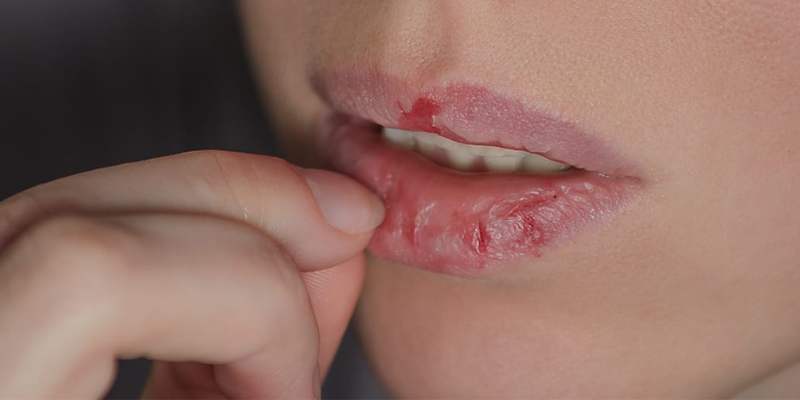TMS Therapy for Depression: A Promising Solution When Nothing Else Works
Transcranial magnetic stimulation (TMS) may assist depressed persons who haven't improved with medicine. Magnetic fields stimulate brain nerve cells to cure severe depression non-invasively. TMS is becoming a viable option for sad patients as more research demonstrates it helps and is safe.

TMS Therapy Functions
TMS uses repetitive magnetic pulses to target mood-controlling brain regions. Depressed people had decreased activity in the left dorsolateral prefrontal cortex (DLPFC). TMS uses magnetic stimulation to produce small electrical currents that alter cell firing. This "resets" brain activity and boosts learning. This helps you manage your mood and may reduce significant depressive symptoms.
TMS for sorrow was FDA-approved in 2008 after helping those who had failed previous therapies. TMS has fewer adverse effects than drugs since it's not injected. Drug-sensitive folks or those who choose non-drug treatment will benefit. Patients may resume their usual life after each 30- to 40-minute TMS treatment.
Action Process
How TMS helps depressed persons is unknown. Studies demonstrate that activating the DLPFC strengthens the relationship between it and mood-controlling brain regions. Better connections may balance depression-related brain circuits, improving emotional regulation and reducing depressed symptoms.
TMS boosts mood-regulating serotonin and dopamine. Changing the brain's neurochemical environment using TMS treatment may benefit depressed persons. TMS may be used for more than melancholy since researchers are studying its effects on anxiety and PTSD.
Thinking about patients and who may be one.
Transcranial magnetic stimulation (TMS) might help people with major depression disorder (MDD) who have not improved with medication or treatment. People over the age of 18 who want to take part should be healthy and not have had seizures or other brain problems that could make the side effects worse. Clinicians look at how depressed the patient is, how long their depression has been going on, and what treatments they have tried in the past to decide if TMS therapy is a good idea.
TMS treatment might not work well with metallic head implants like cochlear implants, aneurysm clips, and deep brain stimulators. Epilepsy may also make TMS less useful. To ensure treatment is safe and prosperous, clinicians look at the patient's medical background, drugs, and way of life.
Cost and Insurance
Many TMS sessions cost $300 to $500, which may be a concern. Treatment requires 20–30 sessions and costs over $10,000. Many insurance carriers now cover expensive TMS as a medically needed depression therapy when other therapies fail.
Insurance doesn't cover TMS therapy easily. Patients should examine their insurance coverage and cooperate with their physicians to prove that treatment isn't helping their depression. Some clinics assist patients in understanding their payment alternatives and secure insurance to cover their therapy via financial guidance.
New TMS Uses
TMS may treat more than major depression, according to recent research. TMS may help treat GAD and panic disorder. TMS may reduce hyperarousal and unpleasant sensations in PTSD patients. TMS may help treat OCD and fibromyalgia. Specific brain stimulation may aid OCD sufferers with repeated thoughts and activities. TMS may affect how chronic pain patients' brains process pain, making it a non-invasive therapy.
How effectively therapeutic TMS works
Clinical studies have demonstrated that TMS therapy may benefit depressed persons, particularly those who have tried many therapies. Psychiatric Clinics of North America reported that 50%–55% of TMS recipients reacted, and 30%–35% recovered. TMS therapy improves depression in a large cohort, as shown by these statistics. This research suggests that TMS may help those with failed medicines or treatments.
One research found that using standardized rating scales, TMS reduced sorrow more than a sham. TMS demonstrated long-term advantages, suggesting it may aid in following therapy. Follow-up patients reported increased mood, quality of life, normal functioning, and social interactions. This suggests that TMS may improve symptoms and health.
A treatment plan
A typical TMS program has 20–30 sessions over four to six weeks in five weekly sessions. Outpatient appointments are 30–40 minutes. Staying alert and paying attention throughout therapy helps patients return to normal fast. TMS doesn't hurt or create problems, making it ideal for busy individuals.
Personalization is an advantage of TMS therapy. Treatment intensity and frequency may be adjusted to suit each patient. Clinicians adjust the magnetic coil placement and therapy parameters for better outcomes. This personalized method improves success rates and reduces side effects, making TMS adaptable and patient-centered.
Safety and Side Effects
Most TMS patients have little side effects. Typical side effects include mild headaches, hair stimulation discomfort, and short-lived tingling. After treatment, these symptoms usually disappear. TMS doesn't harm the body; thus, it doesn't cause weight gain or sexual issues like certain medicines.
Serious adverse effects are uncommon but possible. TMS patients had seizures less than 0.1% of the time. Before receiving TMS, persons with seizures or brain illnesses may need to be evaluated. The safety of TMS makes it appealing to non-drug patients despite these peculiar dangers.

Long-lasting results
The long-term consequences of TMS are being studied. Early studies reveal that many patients experience long-term health and function gains following therapy. According to follow-up research, many patients' symptoms improve six to 12 months following treatment. TMS may help persistent sadness because it lasts.
Maintenance sessions or additional treatments may help TMS patients avoid relapse, according to research. To maintain antidepressant benefits, the patient might take additional dosages monthly or three times a year. Long-term success and safety data will help clinicians suggest TMS for chronic sorrow.
Conclusion:
TMS may alleviate depression, particularly in those who haven't responded to treatment. TMS is safe, effective, and painless, making it a significant mental health tool. Many unhappy individuals gain hope as more is discovered about TMS and its uses. This new medicine targets mood-controlling brain regions, potentially saving lives and improving health. Sad persons who wish to attempt TMS therapy might see a medical professional to create a customized treatment plan. Transcranial Magnetic Stimulation employs new brain health and mental disease research to offer depressed individuals hope when conventional therapies fail.












